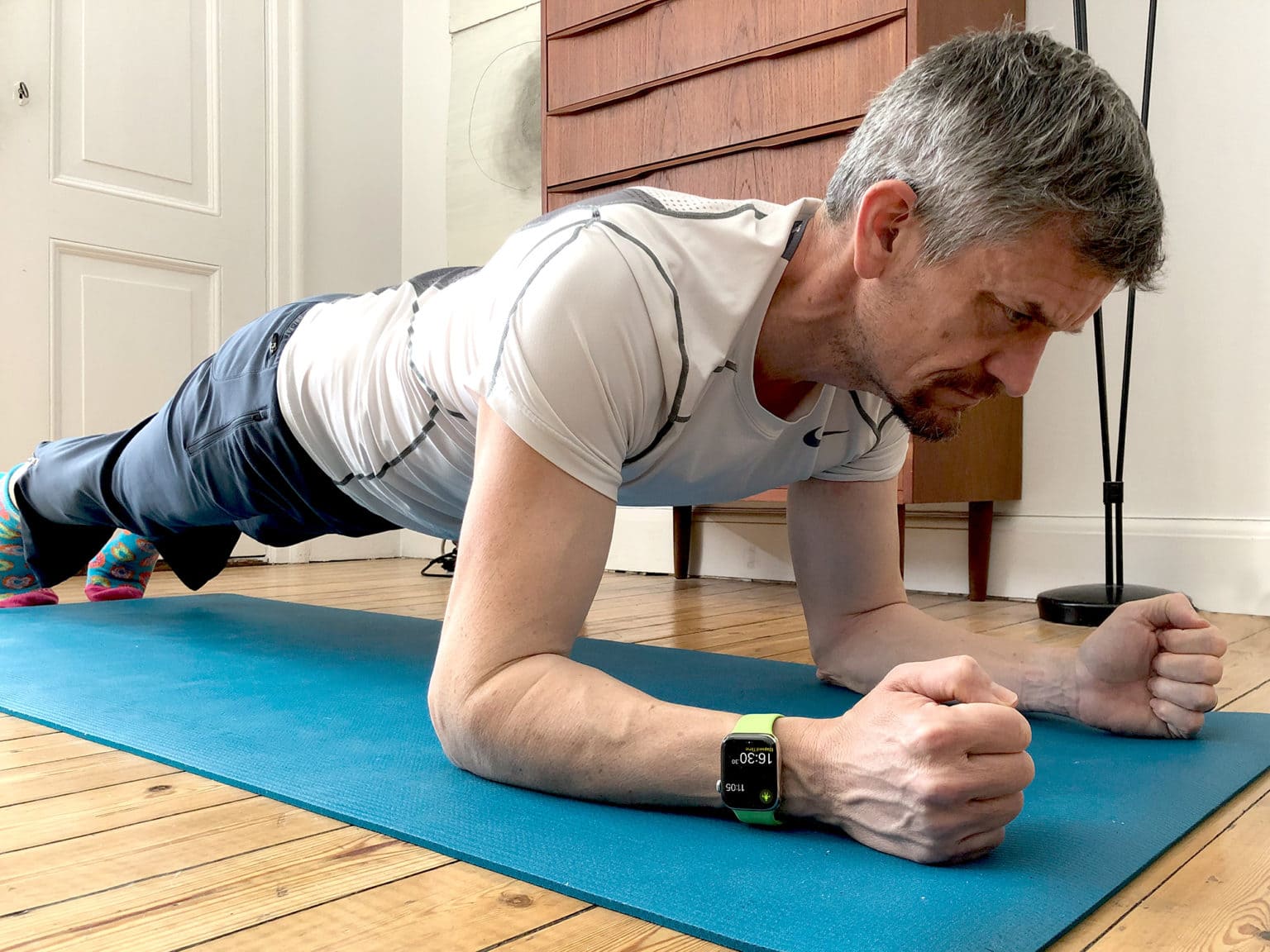Your fitness doesn’t need to suffer just because you’re stuck indoors during the coronavirus quarantine. In fact, now is the ideal time to start working on your six-pack. The lockdown won’t last forever. If you put in the work now, you’ll be looking like a ripped ex-con by the time we’re all allowed out again.
This post covers everything you need to know to build rock-hard abs. We’ll dispel a couple of myths that stop you from blasting your belly fat. And, in the video, I’ll show you the two essential types of core exercise you need to know.
Remember: Always check with your doctor before starting any new exercise activity. Don’t exercise if you feel any discomfort, nausea, dizziness or shortness of breath.
What is a six-pack?
Your six-pack, also know as your abdominal muscles or “abs,” are two long muscles that run down the front of your belly. Technically they’re called the rectus abdominis. What gives them the distinctive six-pack appearance is the series of horizontal tendons that run across them. The exactly position of these tendons varies from one person to another. For some they look symmetrical, while for others they’re a bit wonky. Sometimes they look more like a four-pack or an eight-pack.
No amount of training can change the shape of your six-pack. It’s just the way you were born. But with the right combination of diet and exercise, anyone can make their abs looks awesome.
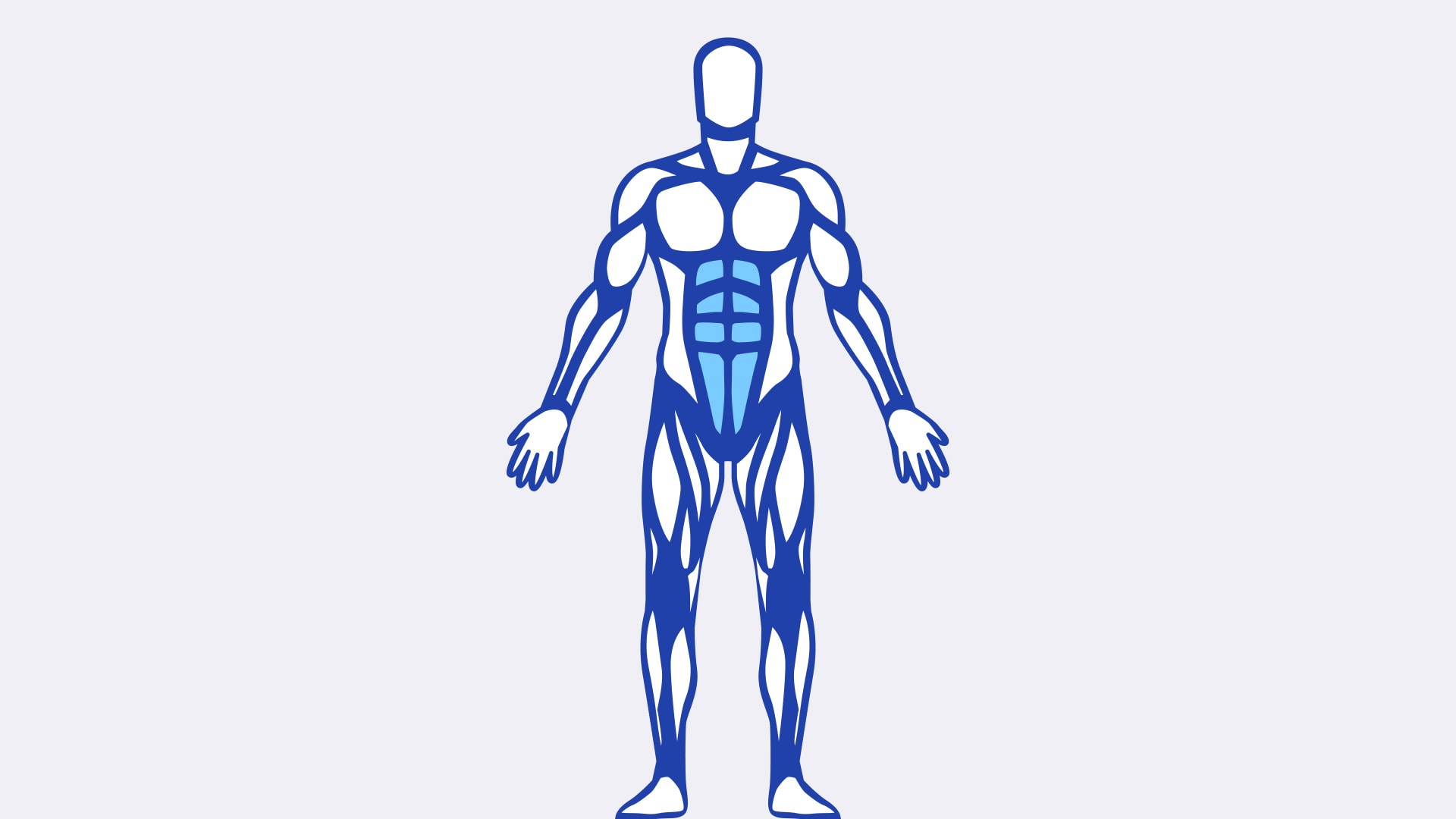
Photo: Graham Bower/Cult of Mac
What if you can’t see your six-pack?
Everyone has abs, but not everyone can see them. If you can’t see your six-pack, that’s probably just because it’s under a layer of fat. So to reveal it, you need to lose your belly. There’s a lot of confusion about how to do this, so let’s start by busting a couple of myths:
- Fact No. 1: When toning up, you cannot turn fat into muscle. Fat and muscle are completely different things. To lose fat, you need to adjust your diet. To build muscle, you need to do exercise. Fat can’t become muscle. It just doesn’t work that way.
- Fact No. 2: For spot reduction, you can’t target fat in specific areas. The only way to reduce your body fat is by burning more calories than you eat. And your body decides which areas of fat go first. Unfortunately, for most people, the fat around the lower abs is the last bit to disappear. It’s frustrating, but that’s just the way it is. No shortcut will let you eliminate fat from a specific part of your body.
So, with those two myths busted, what exactly can you do to build a six-pack? Two things: diet and exercise.
Diet: Use Lose It! on your iPhone and Apple Watch
When you’re bored during the coronavirus lockdown, it’s often a first impulse to open the fridge. Stop right there! While you’re stuck at home, you’re probably doing less exercise than normal. Which means you should eat less. Not more.
That’s why now is an excellent time to start using a diet app like Lose It! By logging everything you eat during the quarantine, you can ensure you’re not overindulging.
The Lose It! watch app provides a handy at-a-glance view of your macronutrients (fat, protein and carbs), and how many more calories you’ve eaten. So you’ll have no more excuses next time you’re tempted to raid that fridge.
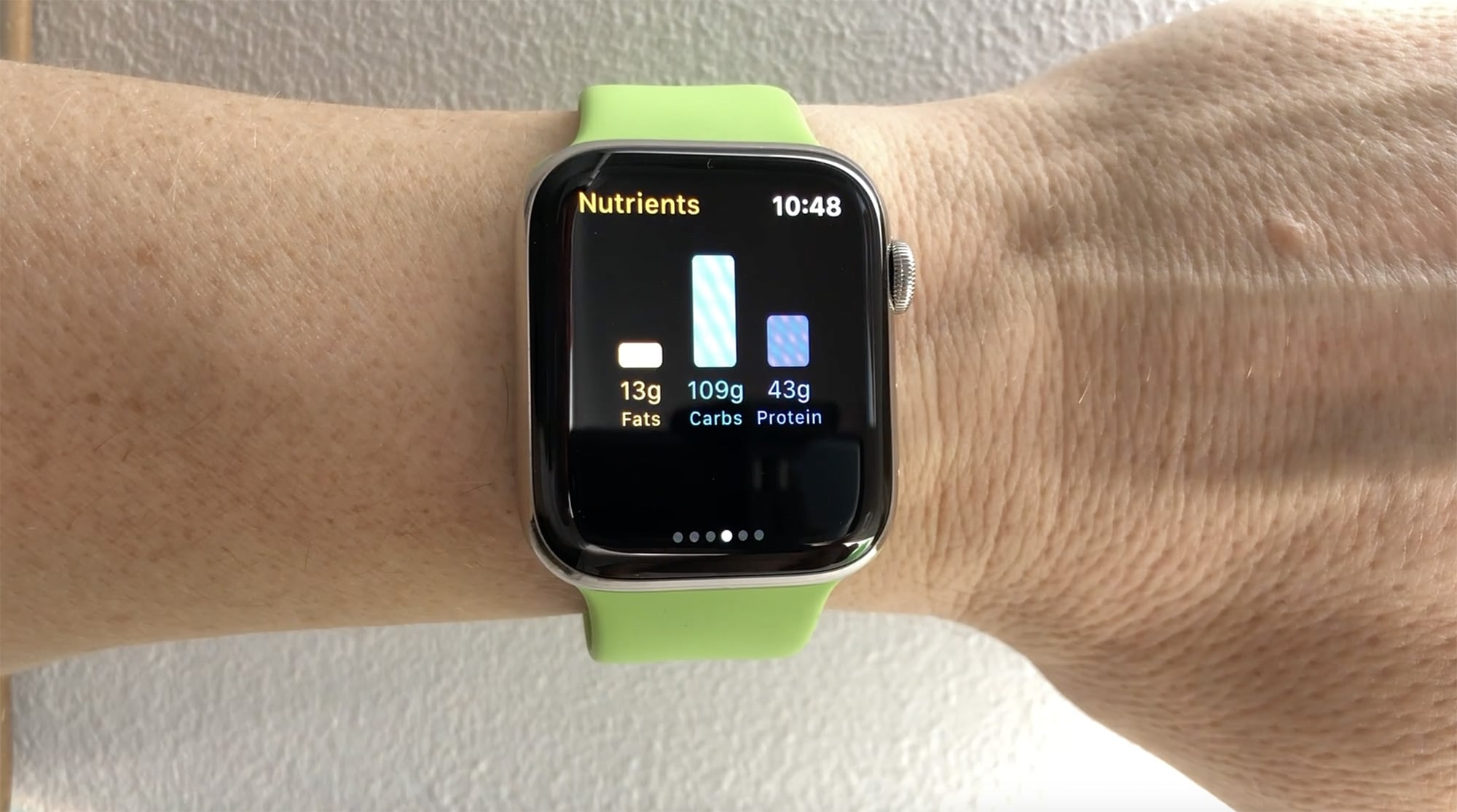
Photo: Graham Bower/Cult of Mac
Exercise: Train your six-pack in preparation for the big reveal
You might not be able to see your six-pack yet, but that doesn’t mean you can’t start training. In fact, now is the ideal time to get started, while you have time on your hands.
If you put in the effort right now, then by the time you shift your belly fat, your six-pack will already be looking seriously impressive.
Your six-pack does two important things:
- It flexes your torso forward
- It keeps your core stable
To train your six-pack, you need to do exercises that target both of these functions. That’s why we’re going to focus on just two essential core exercises: the crunch and the plank. You can log a workout with these exercises on your Apple Watch using the Strength Training option.
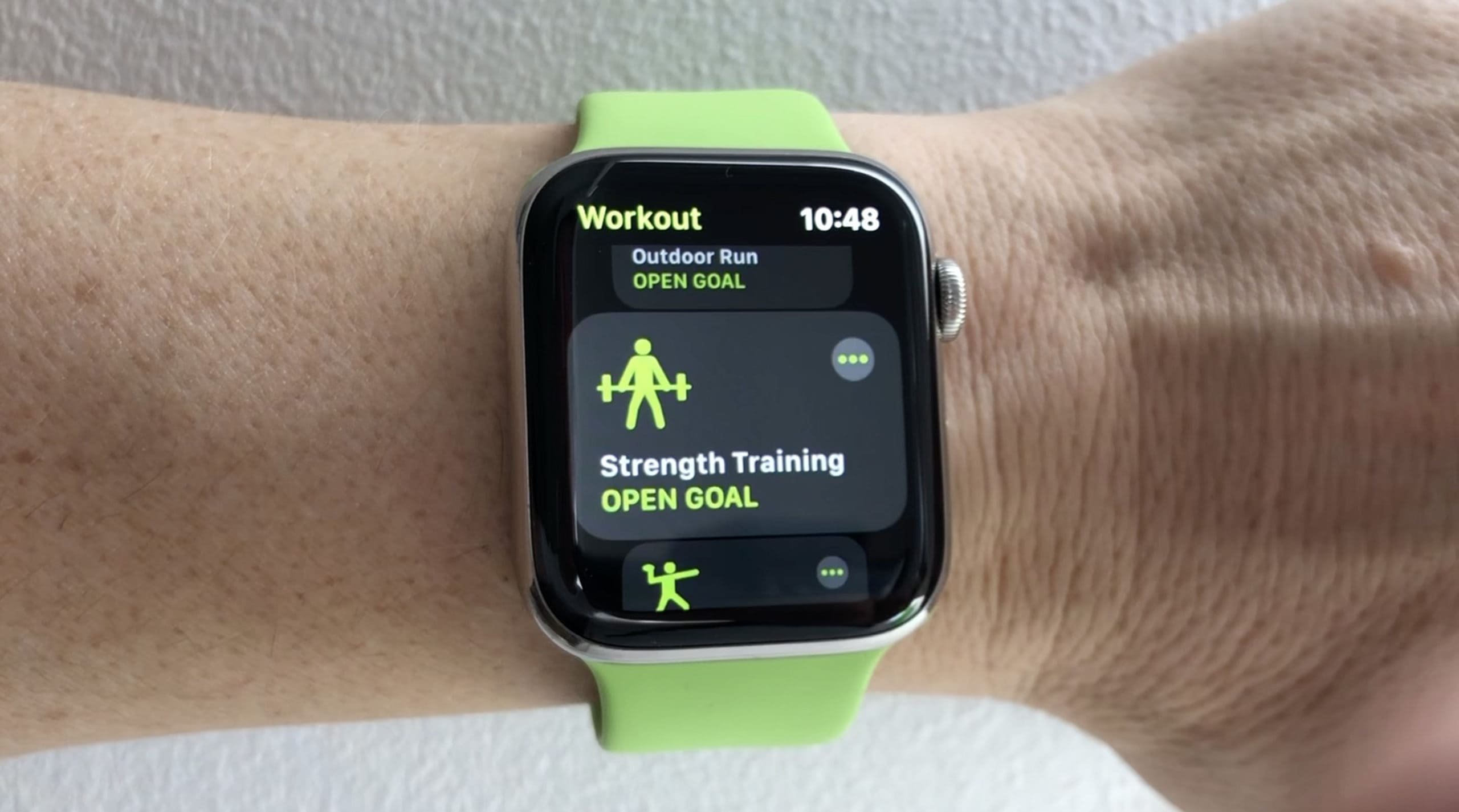
Photo: Graham Bower/Cult of Mac
The crunch — flexing your torso
Crunches are all about curling your torso forward. For a basic crunch, lie on your back, position your feet so your knees are at 90 degrees, and put your hands behind your head. Now clench your stomach muscles to pull your head upward toward your knees, only as far as is comfortable. Don’t pull against your head with your hands — just hold them gently behind your head to support your neck without forcing your head forward.

Photo: Graham Bower/Cult of Mac
Do as many crunches as you can easily complete. That’s one set. Then rest for a minute and do it again. Aim for three sets during a workout.
There are plenty of crunch variations you can do to keep your muscles guessing. For instance, the crossover crunch and bicycle crunches, which also target the muscles to the side of your six-pack, know as your obliques.
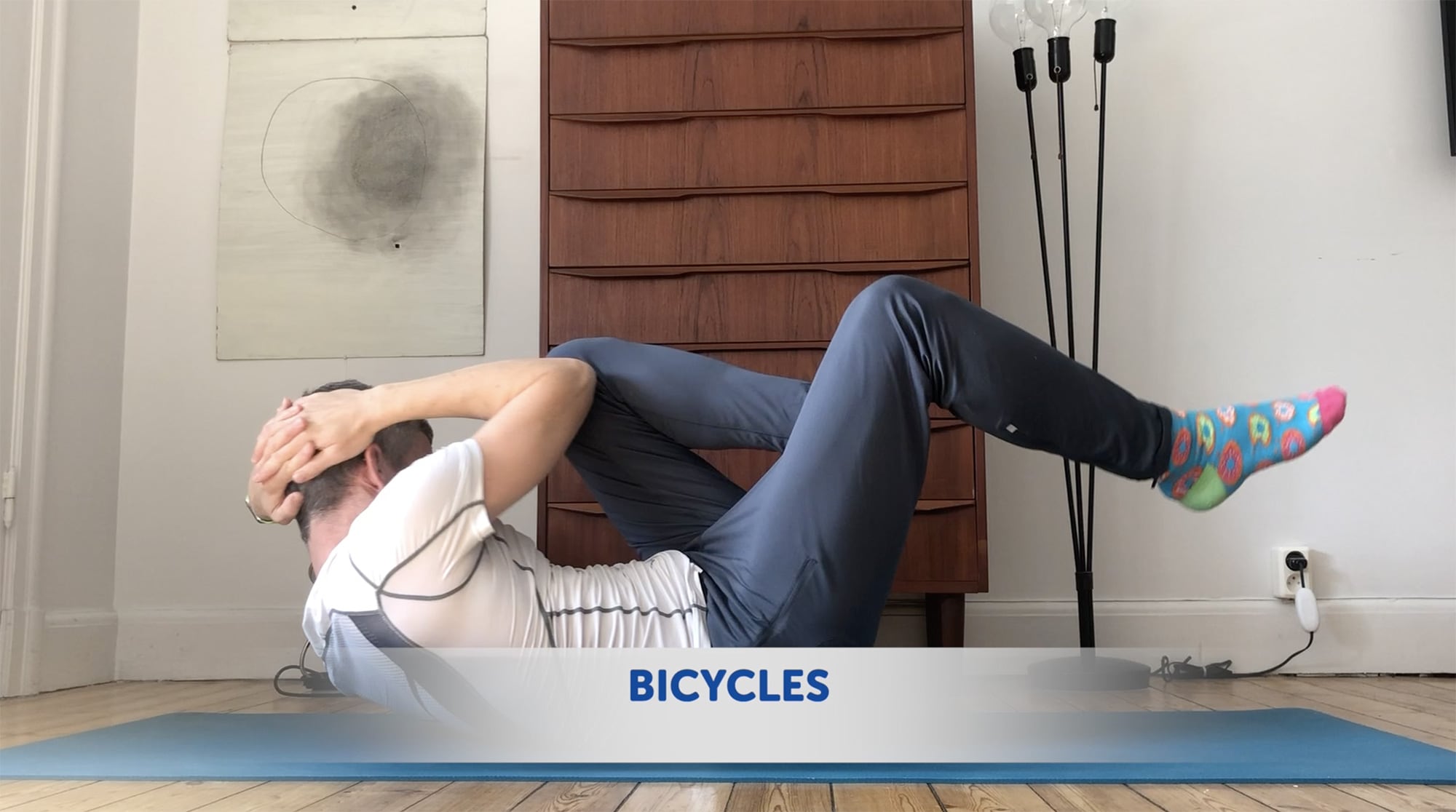
Photo: Graham Bower/Cult of Mac
For some variety, try the reverse crunch, where you raise your legs rather than your head. Or, for a slightly harder crunch, trying raising your legs at the same time as your head. This is known as the tuck crunch.
You can combine all these different crunches together for a high-energy, core-blasting workout.
The plank — core stability
The aim of the plank is to hold your body horizontally just above the floor, resting on your elbows and toes. It’s harder than it sounds because your abs must stay constantly engaged to keep your body in this position.

Photo: Graham Bower/Cult of Mac
This kind of static muscle contraction is known as an isometric exercise. Your abs are optimized for this, because of their role in keeping your torso stable. That makes isometrics a great way to train your core.
The challenge here is to see how long you can maintain the position. One minute is good. Then rest for a minute and repeat.
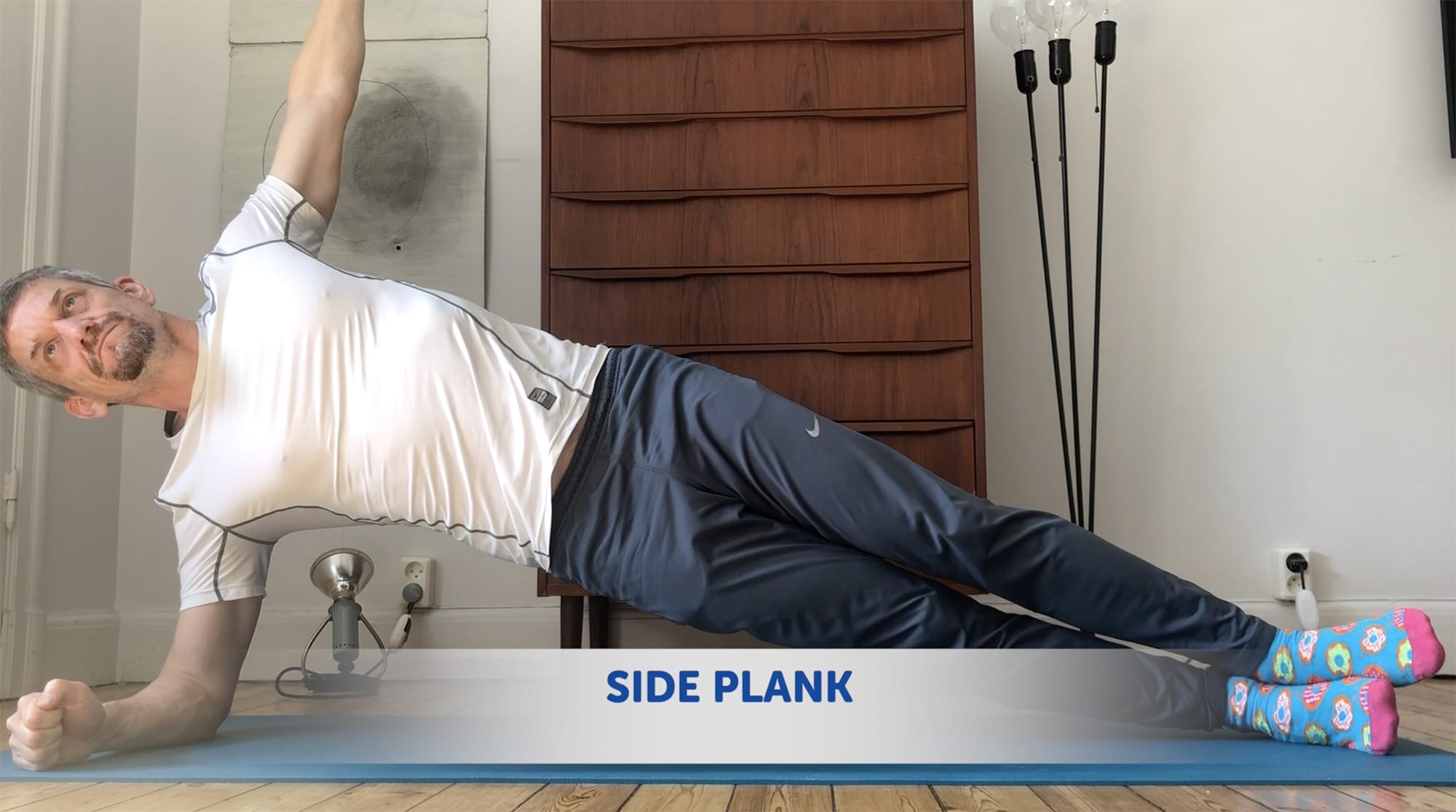
Photo: Graham Bower/Cult of Mac
As with the crunch, there are plenty of ways you can modify the plank to keep things interesting (and target other core muscles, too). Try raising one leg and then the other during the plank, to destabilize yourself and make your core work harder. Or try a side plank to get your obliques working as well as your six-pack. You also can dip your hips up and down while you do the side plank to add a cardio element.
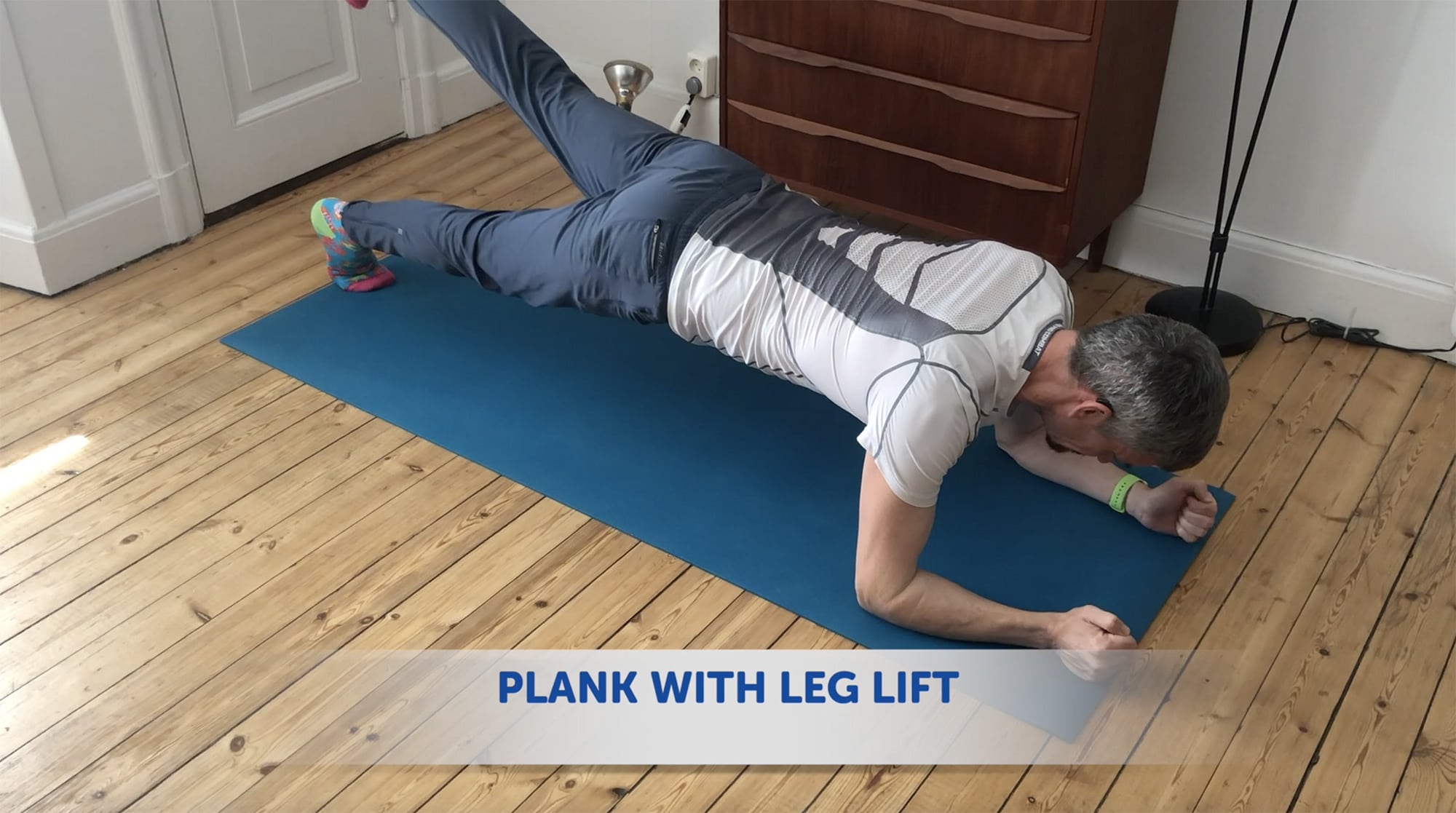
Photo: Graham Bower/Cult of Mac
Now’s the time to start working on your six-pack
If you are looking for more home workout ideas that target your whole body, be sure to check out our CultFit Home Workout.
Hopefully, in a few months we’ll all be able to leave the house again. Maybe it won’t be too late to catch some of the summer. So start working on your six-pack today, to make sure you’ll be looking your best on the beach.
To see demonstrations of all these exercises, check out the six-pack home workout video that accompanies this post. Music in the video comes from Cult of Mac how-to guru Charlie Sorrel. Check out his SoundCloud for more.
